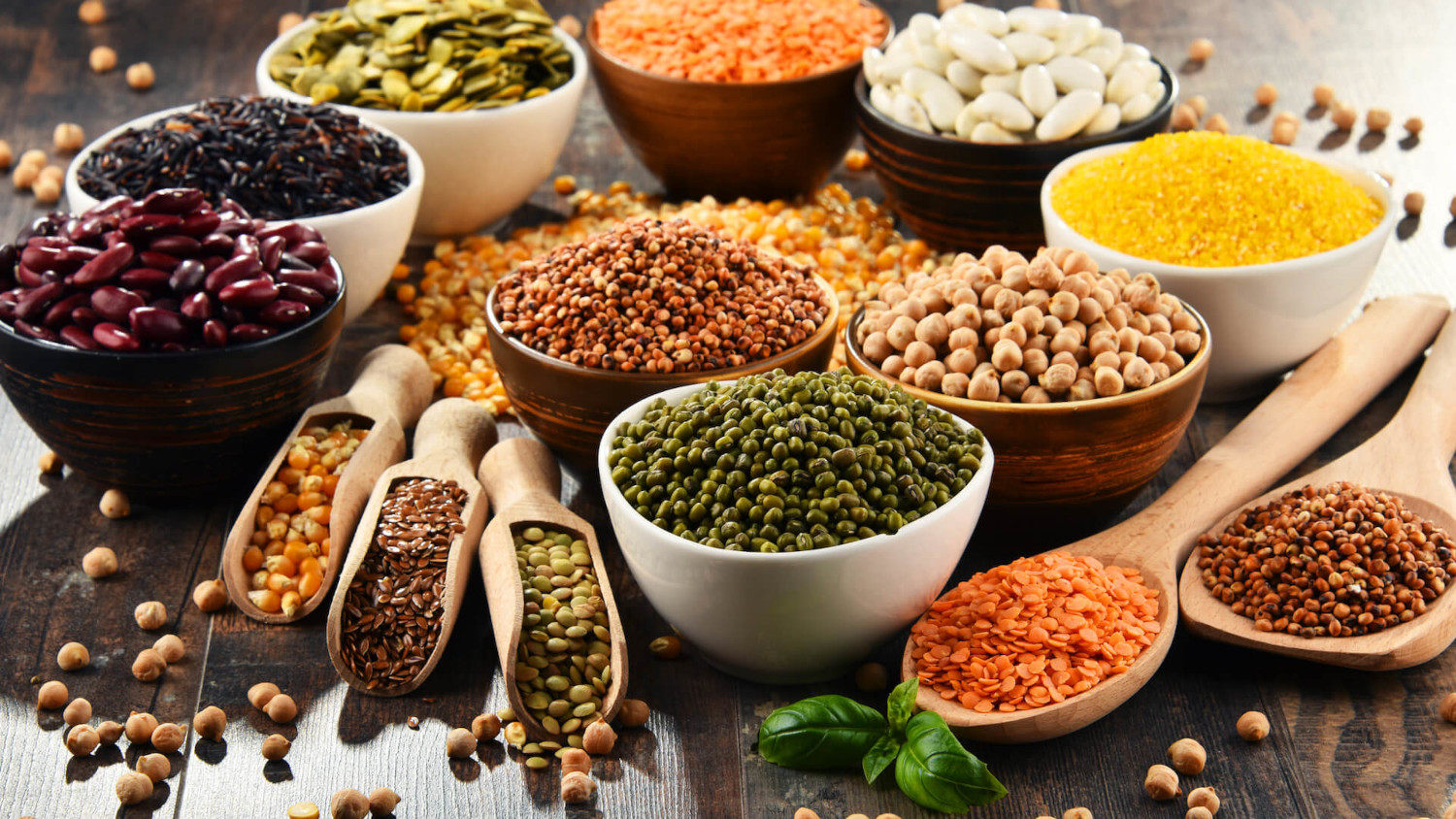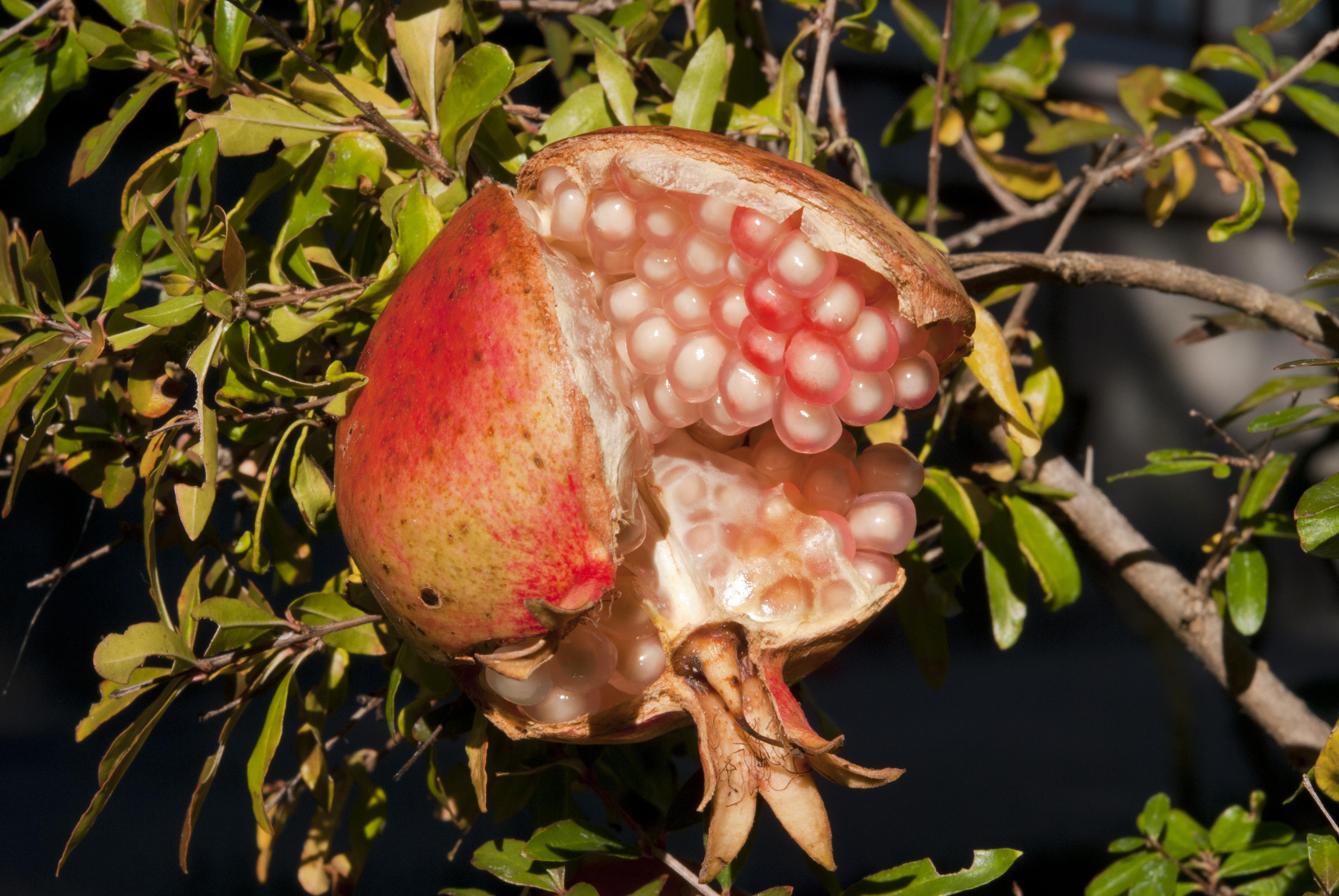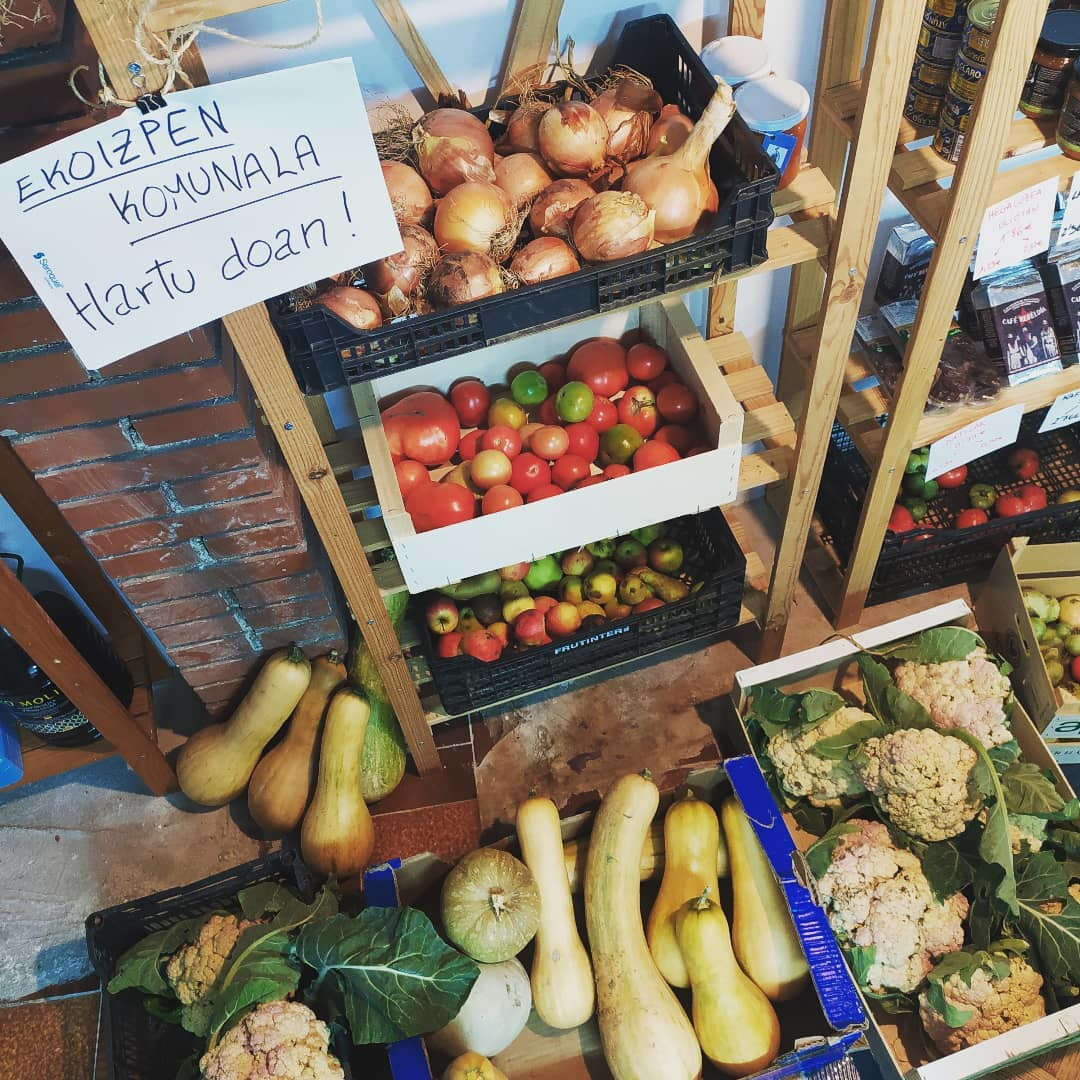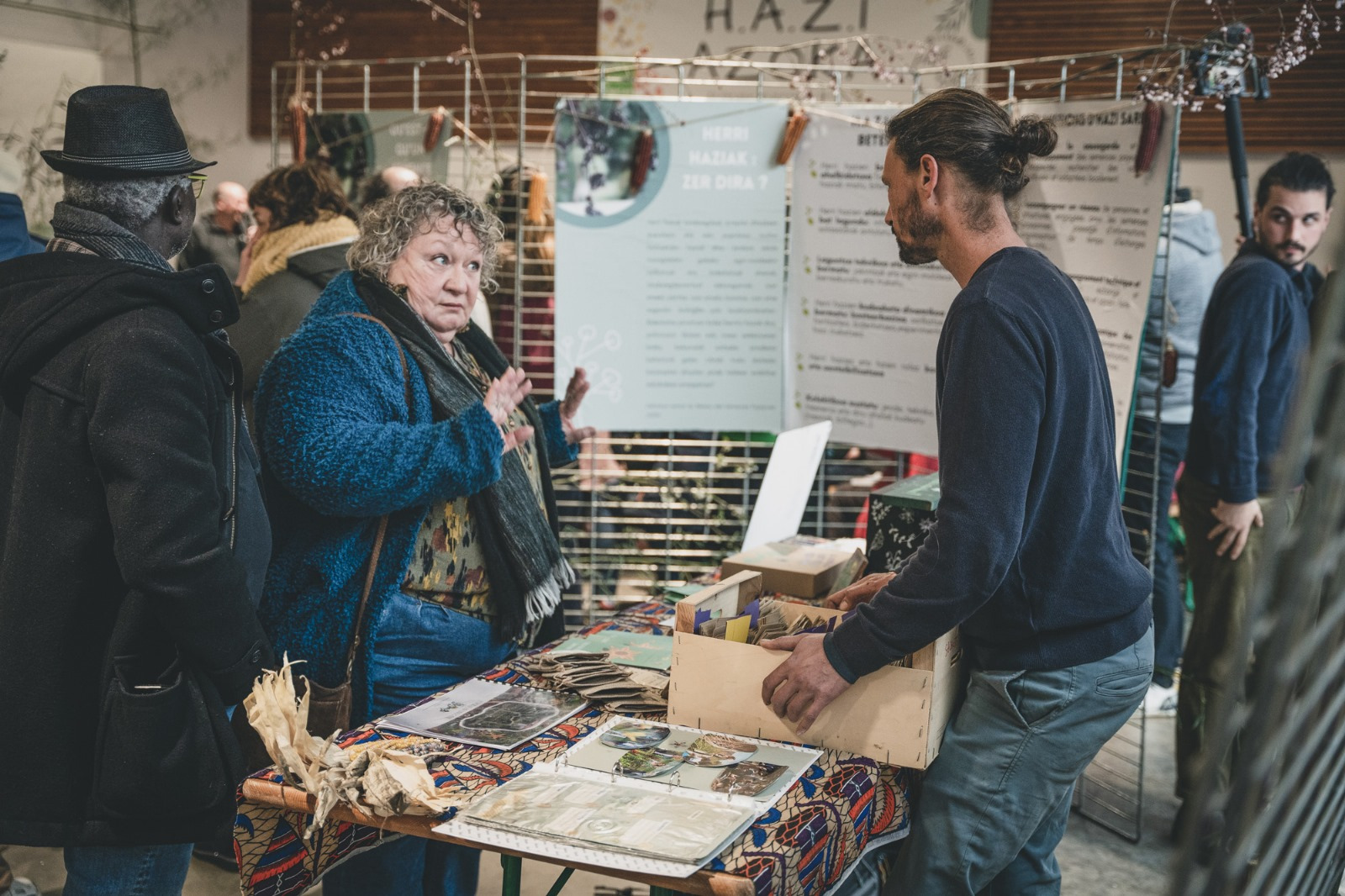Lenteja navarra in peas
- Holy heaven, holy heaven! The sky, the magic, the maginxeta, the tongue, the magin, but, the eagle of the peas, the stain, the teak or, the best known, the sheath. Is there something as beautiful as the legume, the grain of legumes, the legume or the sheath that it carries inside to sweeten the winter? This year will also be a horticulturist for green beans, legumes, legumes, legumes, sausages!

The pods sown in spring and harvested in summer and fall are well harvested. The month of August is also called tilistaroa, as it is the time to pick up the lentils (Lens culinary aris) that were sown at the end of winter. It can also be called txitxirioaroa, as the txitxirio (Cicer arietinum) meets together. As soon as the fall begins the feast of beans, beans, hammers, indies, banabés, beans or peas (Phaseolus vulgaris). They are used after drying the grain: macerating it, increasing the water and waxing it.
In autumn we sowed a herd of legumes to feed the cattle or feed the land and improve its structure. Some groceries also: haba beltx txikia (Vicia faba var. Minor), Gran Haba (Vicia faba) and Guisante (Pisum sativum). If it is sown in the shape of tomorrow, it will soon flourish and the sheath will be produced. The sky or the sheath is the action. That's where the peas will come.
I think we've called peas all the grain that comes inside the sheath. Hence the amasijo of stews that brought the grains of legumes. The pea is a circle of peas, a thin pea, a small pea, a sweet pea, a pea green, a green pea, a green pea, a vest, a homemade pea, the same pea, a white pea. To say the chickpea we have the mairu-pea, the Navarro pea and the pea. Like the pea, we call the white Jewish white the peas, the brown pea of the pint beans, the peacock, the red pea, the short pea, the long pea, and the pea. Fresh pea to green beans (Phaseolus vulgaris), wild apo-pea (Vicia lutea), rough pea axe (Lathyrus sativus) and pea odour poidezantur (Lathyrus odoratus).
Later, the lentil (Lens culinary aris) is sown in a spring odor to be collected in the tilistic above mentioned. The lentist also has its name: txingla Zaraitzun, the bell in Bidankoz, the blade in Bortziriak, the marikol in Ainhoa, the chili in Arratia, the tilist, the peas boar, the fried peas, the clam, the chincha, the cincha, the pea, etc. In this salsa of names, I would say that there are other legumes like the common lentil mixed. In some times, we and our livestock will have eaten everything.
We Basques therefore have a reputation for lentil. Now it is also fashionable and in Álava it is being revitalized a bit and in Navarre the lands and departments of lentils, the dilistados, are being revitalized more vigorously. The Navarros organic farmers working for chickpeas and lentils, in addition to the crops, are part of the Hazialdeko Association. If you have any benefit at your disposal, you will certainly forget it!
We say that the cube has done so to indicate the end of something, but the perch of the Basque lentils is still there. A thin, turbid, jumpy sheath, with its pea sheath face, if you don't have its pea, wants to bring you a good pea suit.



















